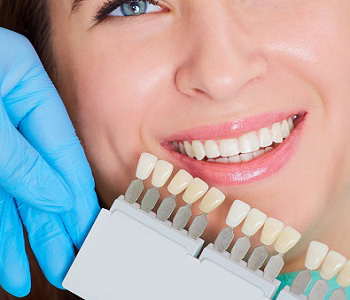
03
Jul
Rochester patients ask: “What are the best ways to replace a missing tooth?”

Dental crowns and bridges are popular for good reason. Many patients may have cavities or damage that is too significant to be sufficiently treated with a tooth-colored filling.
On the other end of the spectrum for those patients who are missing teeth, conventional removable dentures may not be an attractive option due to their association with an uncomfortable fit and time-consuming upkeep. Modern approaches to teeth replacement address many of the challenges dentures wearers have encountered through the ages.
Dental crowns: Unmatched versatility
Extraction should always be the last resort, because there is no better tooth than the one you grew into. John L. Aurelia, DDS, PLLC may be able to “save”a very damaged and painful tooth with a dental crown; possibly following root canal therapy designed to remove diseased tissue in the innermost part of the affected tooth.
A dental crown also represents the final step in the dental implant process. This tooth-like material is placed to cover the implant or titanium post that serves as your new tooth root. Since the implant fuses to underlying bone as part of the natural osseointegration process, the dental crown, modeled after the tooth you lost to decay or some other trauma, is stabilized. Underlying bone remains strong because the labmade tooth functions like a natural tooth thanks to a design that imitates this natural structure.
In some cases, a “full coverage”crown may not be necessary. Dr. Aurelia and his team may instead offer a more “conservative”procedure: inlays and onlays. Unlike a dental crown placed over existing tooth structure shaped to receive the crown, tooth-like material is designed to fill in and restore only those damaged areas. An inlay refers to when the material is bonded to the tooth’s center, while the onlay treats more extensive damage and covers both the center of the tooth and at least one of its “cusps,”or points.
Are crowns also a part of the dental bridge procedure?
Short answer: “Yes.”You can’t have a dental bridge without at least two crowns. Why? The dental bridge may be recommended if you are missing one or more of your teeth. The bridge gets its name from the fact that it requires at least 3 parts: 2 “abutments”on either side of the missing tooth and a “pontic,”which is your new tooth.
The “abutments”behave as support structures for your new tooth or pontic, kind of like how columns support the span of a bridge. To build up the strength of these supports, the teeth on either side of your gap will be crowned. The pontic is attached to these crowned teeth. In turn, the pontic, with the help of these strong abutments, bridges the gap where your natural tooth used to be.
Hopefully, this gives you a sense as to the many options to replace a missing tooth in the Rochester area. John L. Aurelia, DDS, PLLC will always recommended procedures allowing you to keep as much of your existing tooth structure as possible and to avoid losing the tooth in the first place. Call (248) 243-6044 to schedule an appointment at the Rochester Hills office.

Dr. John Aurelia | Dr. Dina Khoury
Connect with John L. Aurelia, DDS on Linkedin.
Dr. John L. Aurelia received his BA degrees in Biology, Business and Economics from the Kalamazoo College, MI and his Doctor of Dental Surgery from the University of Detroit Mercy. He’s keen on continuous education and has followed courses in cosmetic dentistry, implants, and occlusion at places like the Dawson Academy for Advanced Continuing Dental Education and Pankey Institute. He’s a member of the Academy of General Dentistry, and American and Michigan Dental Associations. He has participated in many humanitarian missions.
Having graduated from the University of Michigan School of Dentistry, Dr. Dina Khoury served Veterans during her residency at the VA Hospital in Dayton, Ohio. She has been in private practice for two decades and is passionate about cosmetic dentistry.












